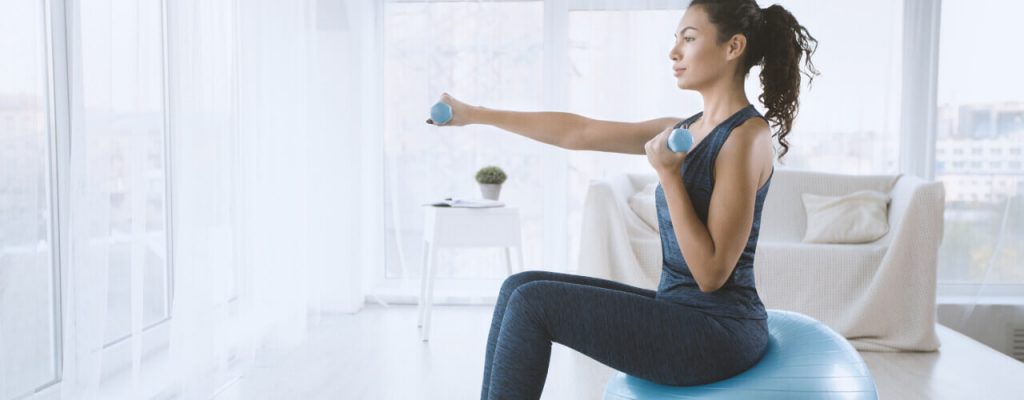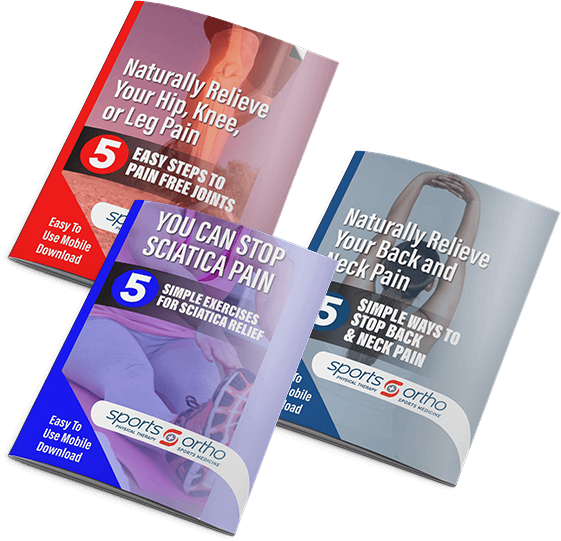Are You Exercising Correctly for Your Needs?
The debate over which is better will go on forever. Both cardio exercise and weightlifting hold equally important places when it comes to physical therapy and exercising for good health. The choice on which will serve the better purpose is made when the end goal is decided upon.
If an individual wants to build stamina and endurance, the best choice would undoubtedly be cardio exercise. If building mass or regaining physical strength is the ultimate goal, the main focus would be on weightlifting.
Even though your primary focus may revolve around one type of exercise, it is extremely important to include the other in your plan as well. A person who is focusing on endurance will do well to work a few weightlifting exercises into their routine.
Setting goals for yourself
When you embark on any fitness journey, you need to set goals. Having goals in place will help you make appropriate choices as to what exercises and foods will best fit into your regimen and help you make your journey a successful one.
When it comes to setting fitness goals, keep things interesting. Try new exercises and push your limits on occasion to find out just how well you are doing.
You may be surprised at your progress once you determine what type of exercises and diet plans will best fit your needs. Take that first step and decide on a few goals. Once you get started on that path, the only way to go is forward. Contact us today to learn more!
The benefits of cardio
We all know that cardio takes time. In fact, one of the most common complaints we hear from patients who come to us for physical therapy exercises is that there simply isn’t enough time in their busy days to complete cardio workouts. Other times, whether there’s a time constraint or not, many people report a lack of self-motivation simply because they can’t stand the thought of doing cardio.
Luckily, a physical therapist can help you incorporate cardio into your exercise routine in ways that you may actually find fun – or, at least more bearable. If you’re a cardio hater, have no fear – you’re definitely not alone, and there are a few secrets for completing cardio in ways that you may not have considered.
There are many ways you can get the benefits of cardio, including:
- Starting off small
- Tracking your progress with an app
- Taking on a new hobby
The benefits of weights
Front and back squats can be done with or without weights added to the barbell. It is also possible to perform squats with hand weights or kettlebells if you desire to do so. If you decide to add more weight, make sure you are comfortable holding the additional weight on your shoulders before you do the squat.
If it feels too heavy on your shoulders beforehand, be sure to remove some, in order to avoid unnecessary injury. If you are just getting started, doing a squat without weight is a good way to become familiar with the movement and to prepare your muscles for the activity without adding too much intensity at once.
One of the most important parts of using weights in your workout routine is making sure you have the proper form. The first step to doing a proper front squat is placing the barbell across the front of your shoulders, just below your neck. Make sure your fingertips are underneath the barbell, just outside your shoulder width.
Your elbows should form a sharp point. Keeping your chest up and your core tight, begin to lower yourself toward the floor using your hips and knees. Keep lowering yourself until your thighs are parallel to the ground, then hold the position for a few seconds. Slowly bring yourself back up to a standing position using your hips and knees once again.
The fundamentals of a back squat are the same as a front squat. You move your body in the same motion for both, bending at your hips and knees until your thighs are parallel with the ground, and then slowly returning to a standing position. The biggest difference of a front squat and a back squat is the way in which you hold the barbell.
While a front squat requires holding the barbell in front of your shoulders, a back squat requires holding the barbell OVER your shoulders, just behind your neck. One of the most imperative parts of a back squat is making sure the weight is not resting on your neck at all, as that can lead to neck pain or injury.
Instead, make sure the barbell is being held on your shoulders and that you keep your chest up so your neck doesn’t hunch forward during the squat. Attempting to lift too much weight and accidentally relying on your neck instead of your shoulders could lead to severe injury.
Incorporating proper weightlifting shoes
A study conducted by three researchers at the University of Northern Colorado observed the differences when fit, college-aged males performed repetitions of squats at 60% of their maximum ability. The study participants randomly switched between running shoes and an unnamed brand of weightlifting shoes.
The researchers observed the range of motion (ROM), trunk displacement, and ankle flexion.
The weightlifting shoes produced less trunk displacement than the running shoes. This means the athletes in the study exhibited less forward lean during the exercise. They were able to redirect the energy upward. The researchers surmised this was due to less stress on the lower back.
The weightlifting shoes produced a difference in peak ankle flexion. This was to be expected due to the lifted position of the heel in weightlifting shoes. The result was that it was easier for the study participants to maintain proper squat form during the exercise, with the thighs and hips closer to vertical and less forward lean. The knees more easily moved over the toes, reducing hip flexion, which also promoted better form and performance.
The participants in the study commented that they thought it was easier to perform squats in the weightlifting shoes than in the running shoes. This may have been due to the reduced stress on the lower back or through some other factors, such as the mental conditioning of being told you are using shoes specifically for weightlifting rather than for running.
Get started today
Still deciding if cardio or weights are right for you? Consult with one of our physical therapists at Sports and Ortho today! We’ll help you figure out the right workout plan for your needs.
Tags: physical therapy, physical therapist, physical fitness, health, fitness, Sports and Ortho Physical Therapy, Exercise, Stay Active, physical activity, cardio




